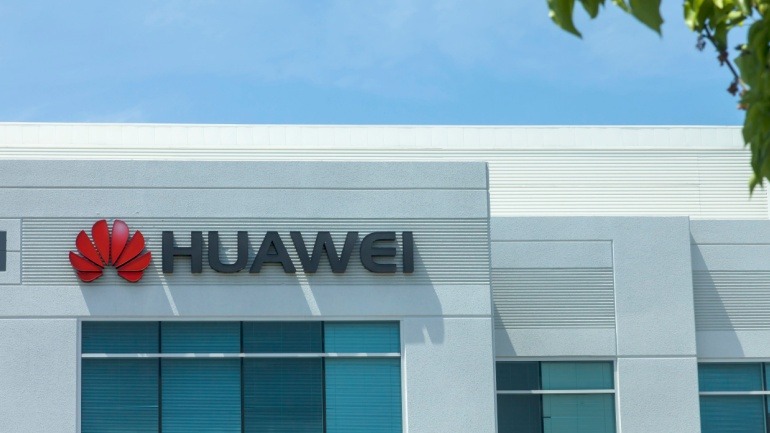BT Group, Nokia, and Qualcomm have successfully completed tests of 5G Standalone (SA) 5CC carrier aggregation (5CC CA) at BT’s Adastral Park headquarters. This significant milestone makes BT the first European operator to achieve 5CC CA, using a device powered by Qualcomm’s Snapdragon 5G Modem-RF system alongside Nokia‘s 5G AirScale portfolio.
The main benefit of 5CC CA is its ability to significantly boost data rates for customers. By combining all mid-band spectrum, it enables high-speed connections in areas with high demand. Nokia emphasized that the anticipated launch of EE’s 5G SA network, BT’s mobile arm, will capitalize on this technology, adding a low frequency sixth carrier to provide better indoor connectivity and broader coverage.
The field tests yielded impressive results. Downlink speeds reached 1.85 Gbps, thanks to the aggregation of three FDD carriers and two TDD carriers, totaling 150 MHz in bandwidth. This marks a step up from 2023, when BT and Nokia demonstrated 4CC CA in 5G SA downlink with concurrent 2CC CA in 5G SA uplink.
Greg McCall, BT Group’s Chief Networks Officer, noted, “This latest milestone achieved with Nokia and Qualcomm Technologies enhances 5G SA performance. We work towards the launch of our network, building further on the benefits of carrier aggregation in delivering greater throughput and speeds to customers.”
Mark Atkinson, SVP and Head of RAN at Nokia, stated that multi-component carrier aggregation allows mobile operators to optimize their radio network assets, providing the highest 5G data rates in more locations.
Earlier this year, BT Group teamed up with Ericsson and Qualcomm Technologies to demonstrate end-to-end consumer and enterprise 5G differentiated connectivity enabled by network slicing. Conducted at Adastral Park using Ericsson’s 5G Core and radio access network technology, they showcased dynamic network partitioning for applications like gaming, enterprise, and enhanced mobile broadband. This trial highlighted how network slices could maintain optimal performance for bandwidth-heavy activities, even during peak times.
In essence, these advancements underscore the rapid evolution of 5G technology, emphasizing the collaborative efforts of industry leaders to push the boundaries of mobile connectivity. As the adoption of 5G SA and multicarrier aggregation technologies progresses, the potential for enhanced user experiences and network efficiencies becomes increasingly tangible.







